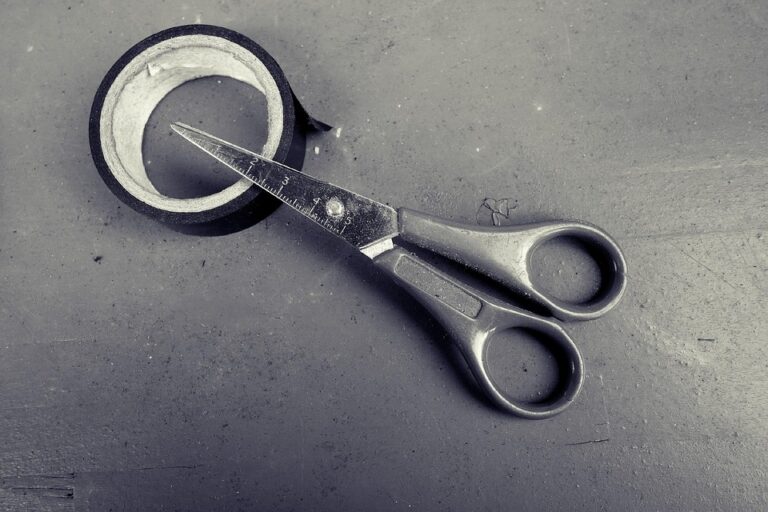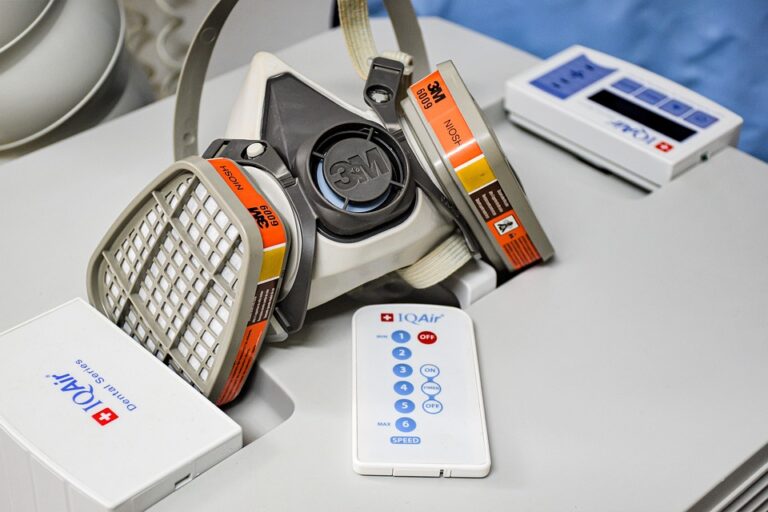how to remove a double sided tape
[ad_1]
Introduction: The Sticky Situation of Double-Sided Tape
Double-sided tape is a versatile adhesive used in countless applications, from hanging decorations to mounting car accessories. Its strength and convenience make it a popular choice. However, removing it can be a frustrating and potentially damaging process. The adhesive residue left behind, or even worse, damage to the underlying surface, are common concerns. This guide provides a comprehensive overview of various methods to safely and effectively remove double-sided tape and its residue from a variety of surfaces.
Understanding the Adhesive
Before attempting any removal method, it’s important to understand the type of adhesive used in your double-sided tape. Some tapes utilize a rubber-based adhesive, which is relatively easy to remove with solvents. Others use acrylic adhesives, which are stronger and may require more aggressive methods. Understanding the tape type can help you choose the most appropriate and least damaging removal technique.
Methods for Removing Double-Sided Tape
Several methods can be employed to remove double-sided tape. The best approach depends on the surface type, the age of the tape, and the strength of the adhesive. Always test a small, inconspicuous area first to ensure the chosen method doesn’t damage the surface.
1. The Gentle Approach: Heat
Heat can soften the adhesive, making it easier to peel away the tape. This method is particularly effective on surfaces that are not heat-sensitive, such as glass or metal. A hairdryer is usually the best tool for this job.
- Apply Heat: Hold a hairdryer a few inches away from the tape and apply heat for 1-2 minutes. Use a medium heat setting.
- Peel Carefully: While the tape is still warm, try to peel it away gently. Use a plastic scraper or a credit card to help lift the edge.
- Repeat if Necessary: If the tape is stubborn, repeat the heating and peeling process.
2. The Solvent Solution: Chemical Removers
Solvents can dissolve the adhesive, making it easier to wipe away. Several options are available, each with its own pros and cons.
- Isopropyl Alcohol (Rubbing Alcohol): A relatively mild solvent that can be effective on many types of adhesive. It’s also readily available.
- Goo Gone: A commercially available adhesive remover that is specifically designed to dissolve sticky residues.
- WD-40: A multi-purpose lubricant that can also loosen adhesive bonds.
- Nail Polish Remover (Acetone): A strong solvent that can be effective, but it can also damage some surfaces. Use with caution and test in an inconspicuous area first.
- Apply the Solvent: Soak a cotton ball or cloth with the chosen solvent.
- Saturate the Tape: Press the saturated cotton ball or cloth against the tape for several minutes to allow the solvent to penetrate the adhesive.
- Wipe Away: Use a clean cloth to wipe away the tape and residue. You may need to repeat the process.
- Clean the Surface: After removing the tape, clean the surface with soap and water to remove any remaining solvent.
3. The Forceful Approach: Mechanical Removal
In some cases, mechanical removal may be necessary. This involves using tools to scrape or peel away the tape. This approach should be used as a last resort, as it carries a higher risk of damaging the surface.
- Plastic Scraper: A plastic scraper is a safer alternative to a metal scraper, as it is less likely to scratch the surface.
- Credit Card or Gift Card: An old credit card or gift card can be used as a makeshift scraper.
- Razor Blade Scraper: A razor blade scraper is effective for removing tape from glass or metal, but it should be used with extreme caution. Always hold the scraper at a low angle to avoid scratching the surface.
- Loosen the Edge: Use a plastic scraper or credit card to carefully lift an edge of the tape.
- Scrape Away the Tape: Gently scrape away the tape, working from the edge. Apply steady pressure, but avoid forcing the scraper.
- Remove Residue: After removing the tape, use a solvent to remove any remaining residue.
4. The Sticky Solution: Using More Tape
Surprisingly, sometimes the best way to remove tape residue is to use more tape! This method works by adhering the remaining residue to the new tape, lifting it away.
- Apply New Tape: Take a piece of strong packing tape or duct tape.
- Press Firmly: Press the tape firmly onto the remaining residue.
- Peel Away: Quickly peel away the tape.
- Repeat: Repeat the process until the residue is gone.
5. The Natural Approach: Vinegar and Baking Soda
For a more environmentally friendly approach, vinegar and baking soda can be effective.
- Apply Vinegar: Soak a cloth in white vinegar and apply it to the tape residue. Let it sit for 15-20 minutes.
- Make a Paste: Mix baking soda with a little water to create a paste.
- Apply Paste: Apply the baking soda paste to the residue after the vinegar soak.
- Scrub Gently: Gently scrub with a soft cloth or sponge.
- Rinse: Rinse with water and dry.
Removing Residue After Tape Removal
Even after removing the tape, some residue often remains. Addressing this residue is crucial to restore the surface to its original condition. The methods described above for removing the tape itself often work for residue removal as well. Focus on gentle solvents and careful scrubbing.
Surface-Specific Considerations
The best removal method also depends heavily on the surface you’re working with.
- Glass: Heat and razor blade scrapers (used carefully) are often effective.
- Painted Walls: Gentle heat and mild solvents are recommended. Avoid harsh chemicals and abrasive scrubbing.
- Wood: Test solvents in an inconspicuous area first. Use gentle scraping techniques.
- Plastic: Avoid strong solvents like acetone, which can melt or damage plastic. Warm soapy water and gentle scrubbing are often the best approach.
- Fabric: Solvents can stain fabric. Test in an inconspicuous area first and consider professional cleaning if necessary.
Conclusion
Removing double-sided tape can be a challenge, but with the right tools and techniques, it can be done safely and effectively. Remember to assess the surface type, choose the appropriate method, and always test in an inconspicuous area first. Patience is key, and avoid using excessive force that could damage the underlying surface. By following these guidelines, you can successfully remove double-sided tape and restore your surfaces to their original condition.
Frequently Asked Questions (FAQs)
[ad_2]





